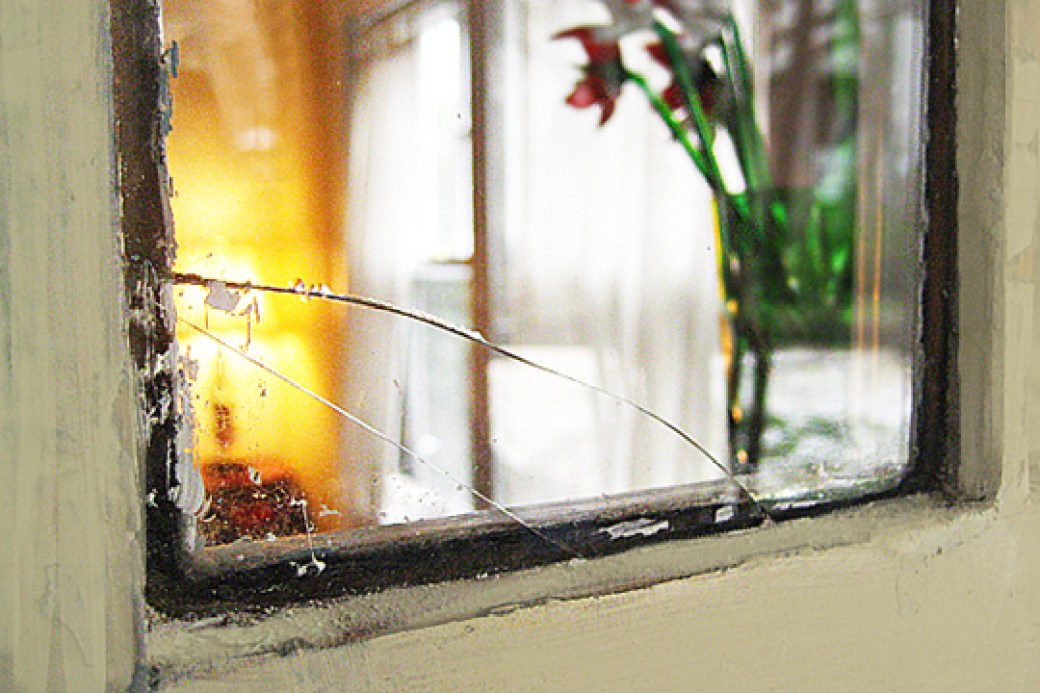Take a close look at your windows, doors, and skylights to stop air leaks, foil water drips, and detect the gaps and rot that let the outside in. You can perform a quick check with a home air-pressure test, or a DIY energy audit.
Luckily, these inspections are easy to do. Here’s how to give your house a checkup:
How to Check for Air Leaks
A home air pressure test sucks outside air into the house to reveal air leaks that increase your energy bills. To inspect windows and other openings:
- Seal the house by locking all doors, windows, and skylights.
- Close all dampers and vents.
- Turn on all kitchen and bath exhaust fans.
- Pass a burning incense stick along all openings -- windows, doors, fireplaces, outlets -- to pinpoint air rushing in from the outside.
How to Pinpoint Window Problems
Air and water can seep into closed widows from gaps and rot in frames, deteriorating caulking, cracked glass, and closures that don’t fully close.
To stop air leaks, give your windows a thorough inspection:
- Give a little shake. If they rattle, frames are not secure, so heat and air conditioning can leak out and rain can seep in. Some caulk and a few nails into surrounding framing will fix this.
- Look deep. If you can see the outside from around -- not just through -- the window, you’ve got gaps. Seal air leaks by caulking and weather stripping around frames.
- Inspect window panes for cracks.
- Check locks. Make sure double-hung windows slide smoothly up and down. If not, run a knife around the frame and sash to loosen any dried paint. Tighten cranks on casement windows and check that top locks fully grab latches.
Some older windows can be repaired and save you money over new windows. However, if you think you'll automatically gain energy savings, think carefully -- there may be other, cheaper ways to cut utility bills, such as sealing air leaks.
Related: Should You Repair or Replace Your Windows?
Inspecting Doors for Leaks
- Check doors for cracks that weaken their ability to stop air leaks and water seeps.
- Inspect weather stripping for peels and gaps.
- Make sure hinges are tight and doors fit securely in their thresholds.
Related: Choosing an Exterior Door
Checking Out Skylights
Brown stains on walls under a skylight are telltale signs that water is invading and air is escaping. Cut a small hole in the stained drywall to check for wetness, which would indicate rot, or gaps in the skylight.
To investigate skylight leaks, carefully climb on the roof and look for the following:
- Open seams between flashing or shingles.
- Shingle debris that allows water to collect on roofs.
- Failed and/or cracked patches of roofing cement put down the last time the skylight leaked.
Related:
